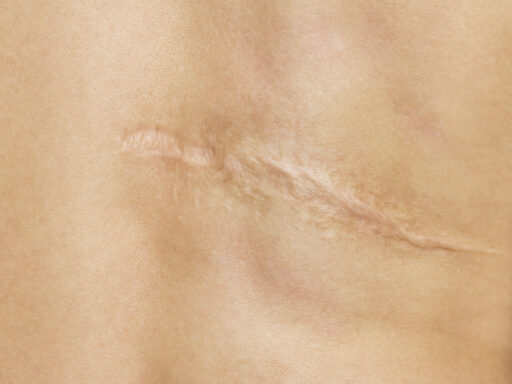We all have scars; some are hardly noticeable, and others can be seen clearly. The causes and types of scars are wide and varied. Some have an impact on our lives, others can almost be forgotten. Each scar tells a story of trauma, health challenges, or giving birth. Some scars are on the outside and some inside, while others can be both internal and external.
Emotional Impact
Each scar can produce a range of emotions from anger, pride, shame, and guilt. Some are easy to live with and some not. Those that are not easy to live with can give rise to emotional scars that raise stress and anxiety levels that impact on our mental health. It can be said we all have a different relationship with our scars and their impact on our quality of life and sense of wellbeing.
What Are Scars
Scars are a result of injury to soft tissue due to cuts, burns or crush injuries. Scars also result from invasive surgery, sports injuries to muscles, tendons, or ligaments. Part of the healing process is the creation of collagen fibres to strengthen the scar. Scars tend to be thicker and less flexible where the skin is more damaged or takes longer to heal. SMT can help when scars are uncomfortable, reduce mobility or are raised due to the build-up of collagen. Internal scar tissue can adhere or stick to surrounding tissue, and this is called scar adhesions.

scars
SMT Treatment
Some scars are more than just a mark on the skin. Surgery or major trauma including burns can cause deep scars that can have a significant impact on our lives. SMT is a range of techniques that will soften and flatten scars, and breakdown adhesions. Research has shown that a course of SMT can:
- reduce itchiness or over-sensitivity.
- reduce the effects of scar adhesions in the deep layers of tissue.
- increase mobility.
- reduce long term and chronic pain.
- help collagen form more evenly.
- improve scar appearance, through increased tissue flexibility and fading.
SMT Promotes Healing
To get the best results, SMT should start as soon as possible once the scar has healed to prevent fibrous tissue from building up. Scars continue to change for about 6-24 months, and this is called the remodelling phase. During this phase SMT will be more effective to keep the scar flatter, smoother, and prevent adhesions from forming.
For mature scars where healing is complete, the goals of SMT are different. By this time scars are well healed the collagen strands will be at their thickest crossing from the superficial to deeper layers of body tissue. Therefore, SMT use advanced massage techniques to breakdown these deeper adhesions that have built up causing reduced mobility and discomfort when moving. SMT for mature scars is more vigorous than the gentle techniques used on new scars.
Continued Care
As scars heal it’s important to ensure that they do not become dry. Scars should be moisturised several times a day during the remodelling phase with lotion that the contains vitamin E and no perfumes. Keep healing scars covered from sun exposure for at least a year, and then ensure you use sunscreen to prevent sunburn.
You can combine SMT with any Pure Body Fix® Massage, or book it as a standalone course of treatments.






